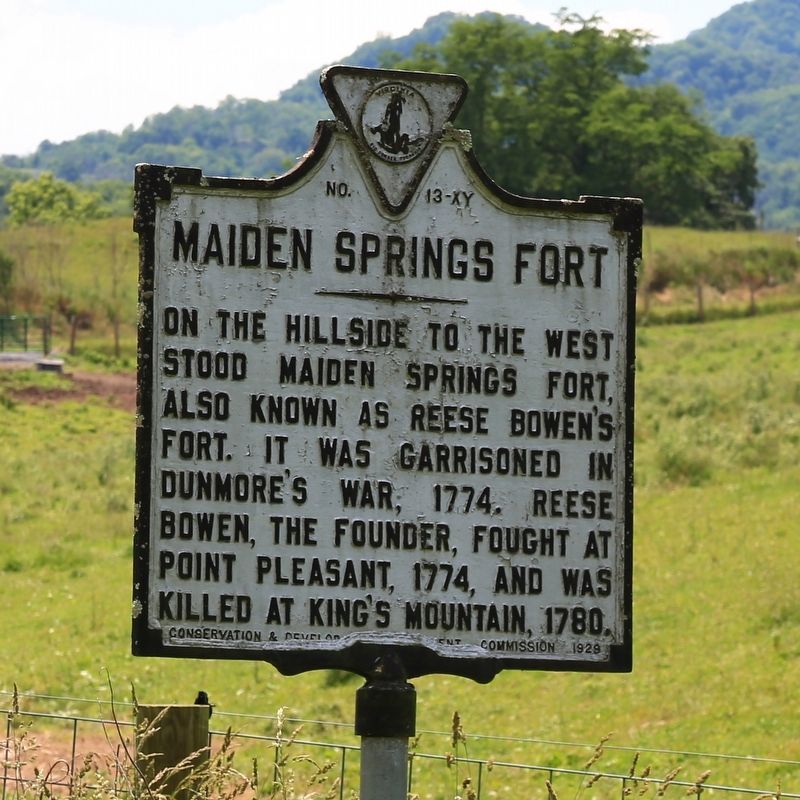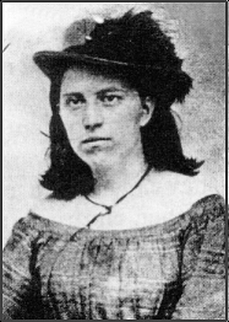The Searchers

The following incident was the inspiration behind the John Ford/John Wayne classic western, The Searchers, but the film bears little resemblance to the actual story.
On May 19, 1836, Comanche warriors (along with Kiowa and Kichai allies) attacked Fort Parker in Central Texas. They killed several inhabitants and seized five individuals, among them 9-year-old Cynthia Ann Parker, the 5th great grand-aunt of my nieces. Four of the captives were eventually released, once the typical ransom had been paid. For some reason, the Comanches chose to hold onto Cynthia.
For the next twenty five years, Cynthia lived among the Indians, forgetting the ways of the white man. On at least two occasions, she was offered the opportunity to return to her white family but she refused both times.
By the mid to late 1840s, she had married a Comanche warrior named Peta Nocona and later gave birth to two sons, Quanah and Pecos, as well as a daughter, Topsannah. She had become a full-fledged member of the tribe.
In December of 1860, Texas Rangers attacked a Comanche hunting camp and during the raid, they captured three Indians. One of them was a non-English-speaking white woman with blue eyes and an infant daughter. She was later identified by her uncle, Col Isaac Parker, to be his niece, Cynthia Ann.
She made numerous attempts to “escape” back to her Indian family and she was never reconciled to the idea of living among white society. She resided with her white brother and later her white sister but never stopped mourning the loss of her Indian husband and children, refusing even to speak English. After she died, her son Quanah, who had grown to be an influential leader during the reservation era, claimed her body and she was reinterred in the Oklahoma territory where she remains to this day, lying next to his body.
Michael Ondrasik and Home Video Studio specialize in the preservation of family memories through the digitalization of film, videotapes, audio recordings, photos, negatives and slides. For more information, call 352-735-8550 or visit our website. And please take a look at our TEDxEustis talk and let us know what you think.








